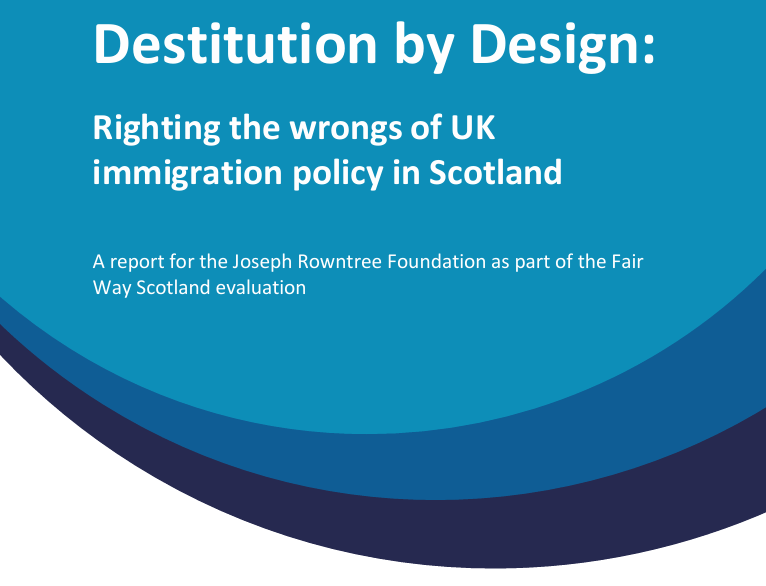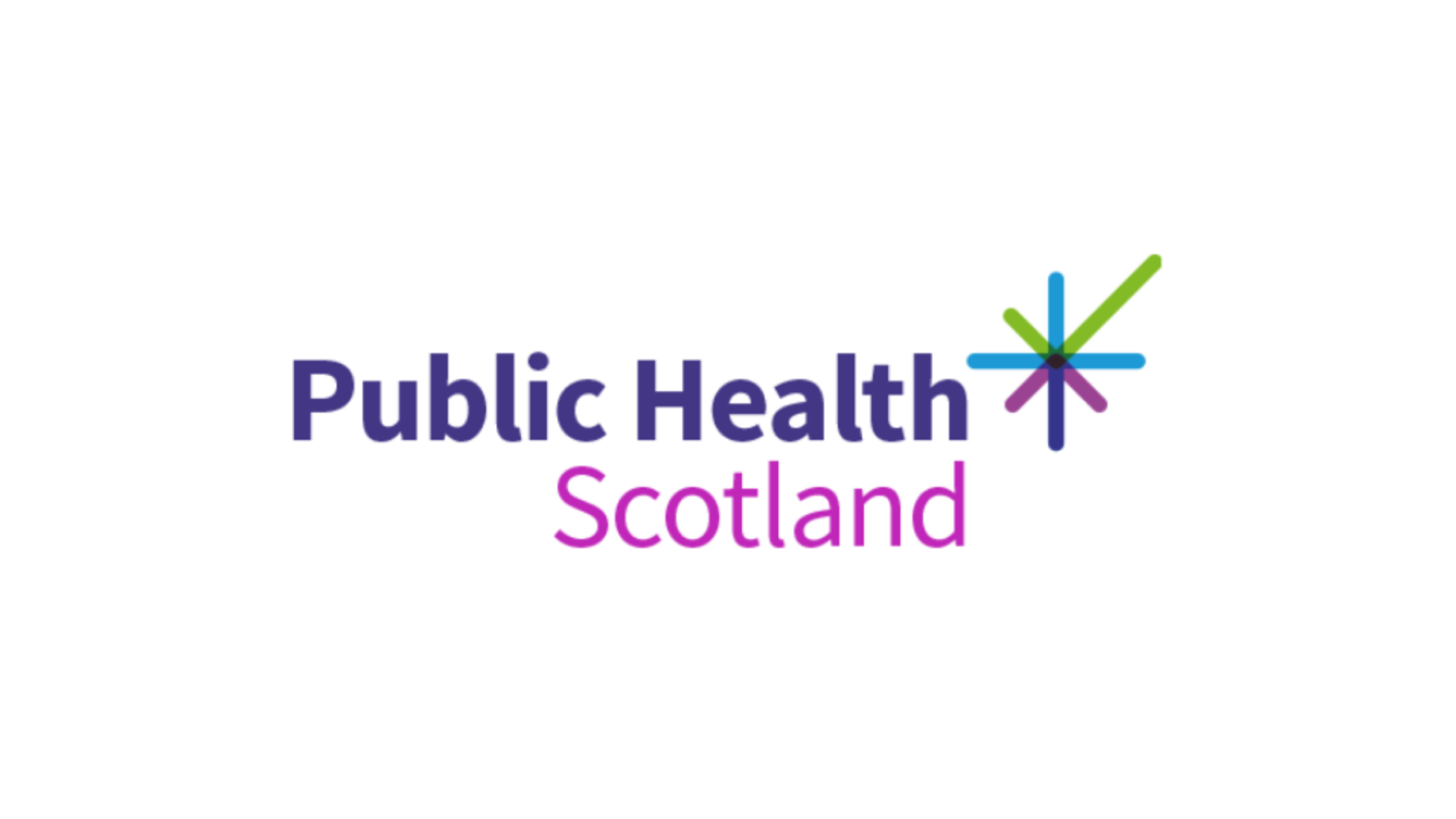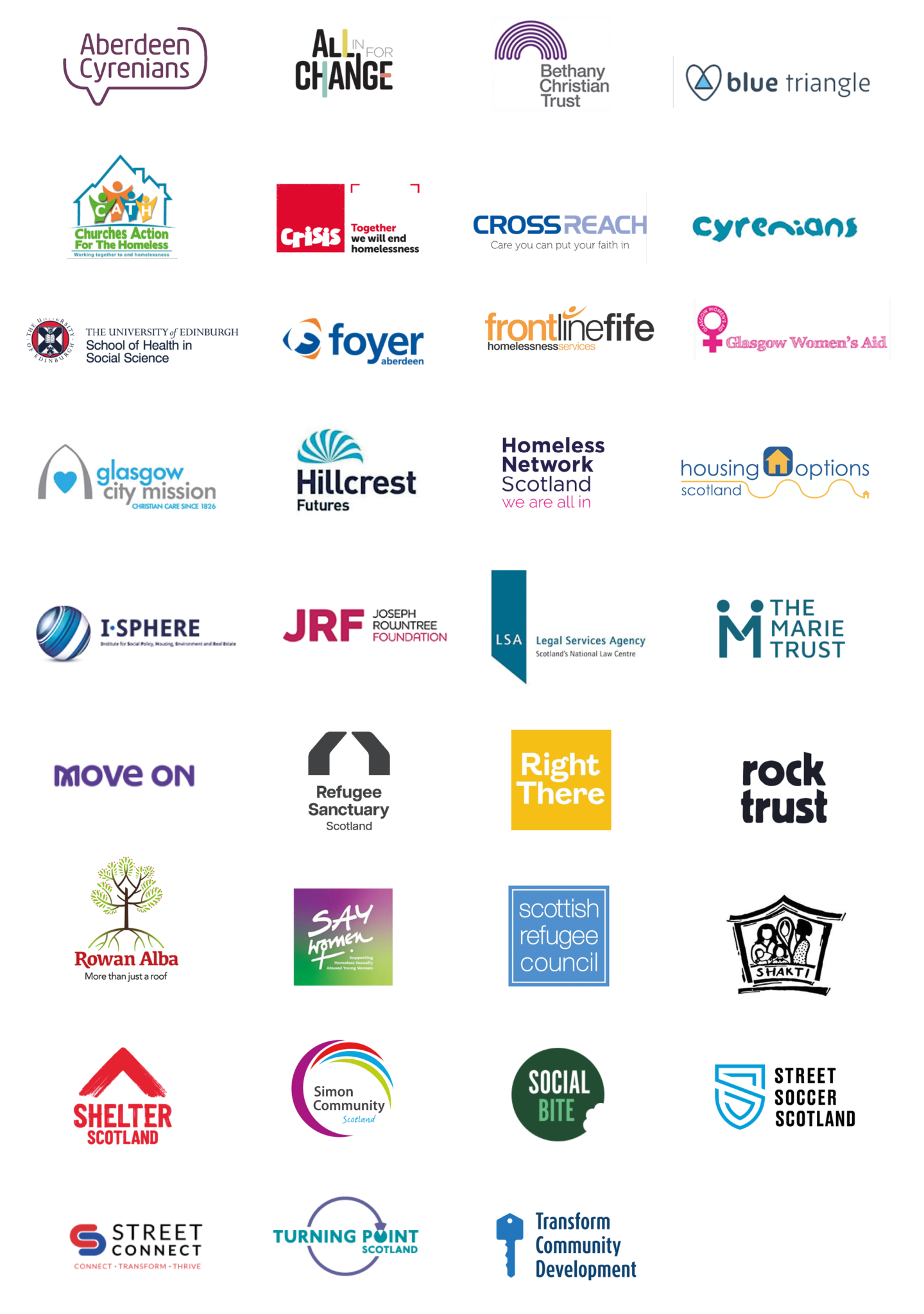Thousands of people in Scotland, including long-standing members of communities, are being forced into extreme poverty and homelessness by hostile UK immigration policy, a new report has revealed.
The research includes a survey of those accessing crisis support from Fair Way Scotland, a partnership of third sector organisations helping to prevent homelessness and destitution among those with No Recourse to Public Funds (NRPF) or who have other Restricted Eligibility for state support.
The study by Heriot-Watt University and funded by Joseph Rowntree Foundation found that going hungry and surviving without clothing and toiletry basics was the norm, while rough sleeping was common.
Key findings:
- 97% of those surveyed were destitute, with an average weekly income of just £40. A third reported no income at all in the last month. Hunger and skipping meals were the norm, with two-thirds reporting going without meals, clothes and toiletries in the last month.
- 93% were experiencing homelessness, with 53% sleeping rough in the last year. Over half (55%) were in temporary accommodation provided by charities, local authorities or the Home Office. Over the last year, 58% left accommodation with nowhere else to go.
- People in affected groups showed significantly poorer physical and mental health compared to the general population. Experiences of trauma, violence, stigma, and discrimination were widespread.
- 66% of those surveyed were not permitted to work, severely limiting their ability to improve their circumstances. The 15% that were permitted to and seeking work typically struggled to get a job because of health issues, homelessness, and language barriers. Experiences of illegal and exploitative work were common through lack of choice.
- Experience of forced work was reported by 14% of those surveyed over the last year – rising to 16% for EEA nationals.
- Powerful testimony in the report sets out the mental and physical harms experienced by individuals who have been prevented from working despite desperately wanting to contribute.
- Hostile environment policies and enormously complex immigration law push costs onto public services, charitable organisations and communities. Use of expensive emergency and urgent care was found to be especially high for this group.
Most of those interviewed have been living in Scotland for years or even decades. They include those with NRPF who arrived seeking asylum and have, for example, exhausted their right to appeal as well as some who arrived on spousal or student visas.
It also covers European Economic Area nationals who can’t access support like mainstream housing and welfare benefits following Brexit, despite living and working in the UK for many years.

The report calls on all levels of government to make urgent changes to end this “destitution by design,” including the UK Government simplifying routes to settlement and the Scottish Government using all devolved levers at its disposal to stop this humanitarian crisis from worsening.
The study also highlights the ongoing positive impact of Fair Way Scotland, which provides a lifeline to those it supports. People benefit from, and deeply value, the holistic and flexible casework support that aims to progress their immigration case, helps them to engage with lawyers and the Home Office, and attends to their immediate and wider needs.
Alongside casework support, some accommodation and modest financial support is also provided in Glasgow, Edinburgh and Aberdeen, but availability falls far short of demand given the limited funding available.
Professor Beth Watts-Cobbe, from the Institute for Social Policy, Housing, Equalities Research (I-SPHERE) at Heriot-Watt University, said:
“The levels of need, deprivation, disadvantage, and trauma experienced by those with No Recourse to Public Funds or Restricted Eligibility amounts to a humanitarian crisis among a group often hidden from public view. Many of those affected have been in the UK for years, if not decades, contributing to our communities but left without access to basic support.
“This report shows this to be a highly diverse group of people, including those who came to Scotland to seek sanctuary, European nationals who still face challenges as the UK transitions out of Europe and those who arrived to study or with their partner.
“Two thirds of those we spoke to are not allowed to work, blocking their ability to support themselves out of these dire circumstances and stifling their ability to contribute to the society they desperately want to make their home. These counterproductive hostile environment policies affect thousands of people across Scotland, crushing their potential and creating destitution by design. The level of need is shocking but the issue is entirely preventable with concerted action.
“It is time to stop passing the buck. Radical and urgent reforms are needed that prioritise people’s ability to access the essentials and live a dignified life. The new UK Government must commit to ending the unnecessary hardship that is being caused by current immigration policy and urgently change course.
“We also seek commitment from Westminster to support the Scottish Government and other devolved nations in their efforts to ensure that everyone has access to basic essentials whatever an individual’s immigration status.”
Deborah Hay, Senior Policy Advisor (Scotland) at the Joseph Rowntree Foundation, said:
“Scaling up Fair Way Scotland is now critical given the growing demand for help, but mitigation programmes like this shouldn’t be necessary.
“The integrated offer of casework support, legal advice, accommodation, and cash support provided by Fair Way Scotland partners is transformative, even lifesaving, for those who are able to benefit from it. However, demand far outstrips availability.
“Scaling up this response to meet the level of need requires increased buy-in and investment from a range of social partners. The Scottish Government, independent funders, local authorities and housing associations must work together to reduce the harm caused by current immigration policy, by using every tool at their disposal. Public services and charities, stepping in to address appalling state neglect, are also bearing the preventable and costly brunt of those policies, and must be fully supported.
The report makes a series of urgent recommendations to stop the humanitarian crisis from worsening, including:
- Calls for all levels of government to end “destitution by design” within immigration policies and implement measures to ensure non-UK nationals can avoid homelessness and destitution.
- The UK Government must simplify routes to settlement, process all claims fairly and quickly and require, empower and adequately resource local, regional and devolved Governments to provide an immediate basic safety net for all.
- The Scottish Government should exercise all devolved levers at its disposal, and commit resources to effectively implement its vision to end homelessness and destitution in Scotland.
- This includes co-investing with independent funders, housing associations, and other partners to rapidly scale up Fair Way Scotland, ensuring the partnership can provide more people with safe housing in community-based properties, with linked cash payments and access to legal advice and other support.
Lived experience
The report includes evidence from people directly affected by the UK’s ‘hostile environment’ immigration policy, including Sofija, a European national who has lived in Scotland for nine years.
For much of that time Sofija lived in vulnerable and highly insecure places and eventually experienced street homelessness. She said: “It was a horrible shock, and an experience that almost destroyed me. I was constantly scrambling for somewhere to stay.”
Jamal has been living in the UK for 17 years, arriving to seek asylum from persecution abroad. He said: “You are not able to work. You cannot work. You cannot support your family. You cannot support your kids… it turned [my] relationship upside down.”
Kunal arrived in the UK more than a decade ago as a 26-year-old keen to pursue his education and escape homophobic persecution in his home country which had left him feeling mentally broken.
Unable to afford student accommodation, Kunal initially stayed in an overcrowded two-room flat with 12 other people, making it difficult to focus on his studies. After he was robbed, his college closed and his visa application was refused, he became homeless, sleeping rough and in shelters where he faced threats and exploitation. He walked the streets in minus temperatures, battling hunger, in fear for his safety and terrified of losing his vital documents.
A turning point came when the Scottish Refugee Council assisted him in submitting a fresh application and he is currently in temporary accommodation. Kunal remains anxious about his uncertain future, caught between the fear of danger at home and his continued insecurity in the UK. He longs to return home but knows doing so would expose him “to certain danger.” But he added: “I’m not safe here [either]”
Kunal explained that he has intentionally given away belongings because of his housing insecurity, saying: “I’m trying to reduce my stuff now, give it to charity and stuff, so it will be easier to move from place to place.”





